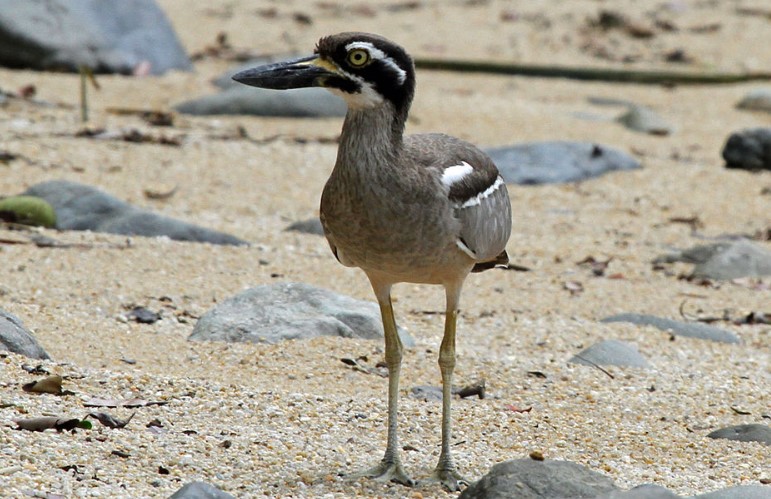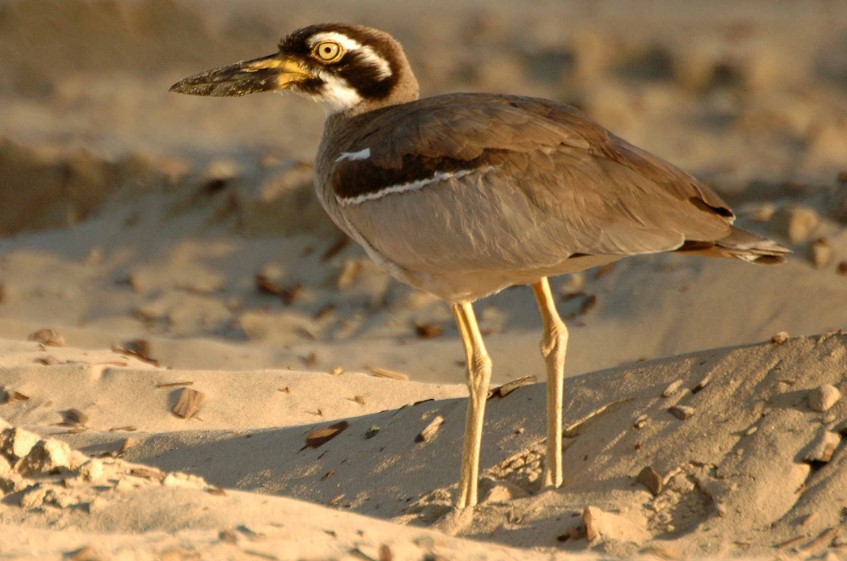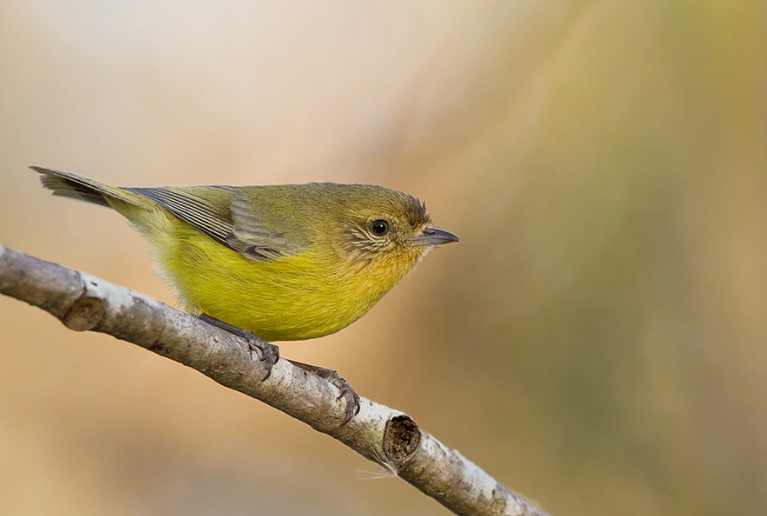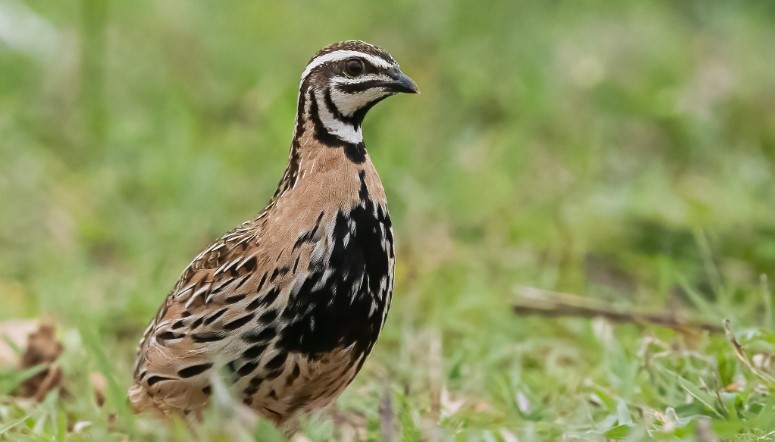Beach thick-knee (Esacus magnirostris) have a deep, heavy bill that is quite large compared to that of any other thick-knee species, which makes it well adapted for catching crabs and other invertebrates with hard shells. During the day, it feeds on a variety of plant life, including wet sand, shallow reef pools, and low rocks, which it follows in accordance with the tide line of incoming and outgoing tides, puttering along on its spindly legs.
Birds snap up their prey, crack it, soften it by bashing it, and then eat it along with their bashing as they move forward. On the foreshore or in the mangrove fringes, the thick knees rest during the day, sitting on the ground, squatting with feet placed forward beneath the body, or standing around, often on one leg, on the shaded foreshore or the fringes of the mangroves.

There are several small groups of them that occupy their own stretch of sand and reefs throughout their range, each pair or small group comprising up to a half dozen individuals occupying their own area of the beach. These wary birds will run away from intruders when they feel threatened, but they can be easily pushed into flight if they need to flee, gliding away with slow, stiff-winged beats, while their legs trail behind.
A breeding pair makes its vocalizations in the middle of the night, in a similar pattern to that of the Bush Thick-knee but with a more subdued tone. Nodding and tail wagging are also displays made by the birds, but it is unclear what their functions are when these displays are made. After hatching, chicks have heavy bills, are downy, have open eyes, and their ability to totter off is rapid.
When they need shelter, they walk up to stand on the feet of their parents; when they need to hide, they flop belly down on the sand with legs splayed out behind them like the young of some wader species; and when they need to rest, they lie flat on the sand with legs stretched out behind them like the young of some wader species.
In these two traits, as well as the fact that they are permanently paired, share egg incubation, have salt glands, tufts of preen glands, and part of the foot webbed, thick knees are similar to wading birds like stilts and plovers. Moreover, thick knees are similar to bustards in many ways, not only in their broad heads and cranial structure but also in their three-toed feet with reticulate scaling and their habit of squatting with the legs forward under the body, as well as in their aggressive displays by spreading their wings across the air and spreading their tails widely.
Thus, thick-kneed birds may have evolved somewhere between bustards and waders on the evolutionary tree. The name given to them, which has contradictory meanings, is a reflection of this dilemma as well: stone-curlew, stone-plover, or shore-plover. At least the name ‘thick-knee’ has the advantage of being neutral and thus has the advantage of being unbiased. It is also known as the Beach Stone-curlew or Reel Thick-knee.
Beach-thick knees measure about 530–580 mm in length. Adults: There are no differences between the sexes. Grey-brown is the predominant color on the upper parts. Black line above, a narrow black line below through the eye, and a white stripe down the side of the head. A black patch is located at the lower base of the bill on each side.
The wings are mid-grey and marked on the shoulder with a strong black stripe (lesser coverts), which is edged with a thin white line. White is the color of the throat. The breast is mid-grey-brown with faint dusky stripes, grading to a white belly and tail underside. The eyes are pale yellow in color. The bill is dusky with a dull yellow base. Legs and feet are dull lemons in color. IMMATURES: Similar to adults, but with duller markings. THE DOWNY YOUNG: A sandy, stippled salt and pepper, with outdated head marks and stripes reduced to broken lines of dusky spots.
Beach thick-knee’s call is mournful territorial wee-loo, harsh in tone and repeated often; when alarmed, it is soft peet-peet. Breeding and nesting occur between October and February. Nests are hollows scratched on beaches just above high water marks, usually in shingle or sand, and often among flotsam that has washed up.
In most cases, the bird lays only one egg, but occasionally two. The egg is cream in color with irregular spots and blotches of brown, black, and inky grey. It measures about 64 x 45 mm and has an oval or oblong shape. Both sexes participate in incubation.
Generally found on beaches and worn inshore reefs of northern Australia, south towards the Northwest Cape in Western Australia, and the Manning River in NSW in eastern Australia; avoids long exposed beaches and mangrove mud. Mallacoota, Victoria, is reached by stragglers. Also found are New Caledonia, the Solomon Islands, New Guinea, and Indonesian islands in the Philippines, the Andaman Islands, and the Malay Peninsula.
Read More: Little Curlew (Numenius minutes)







